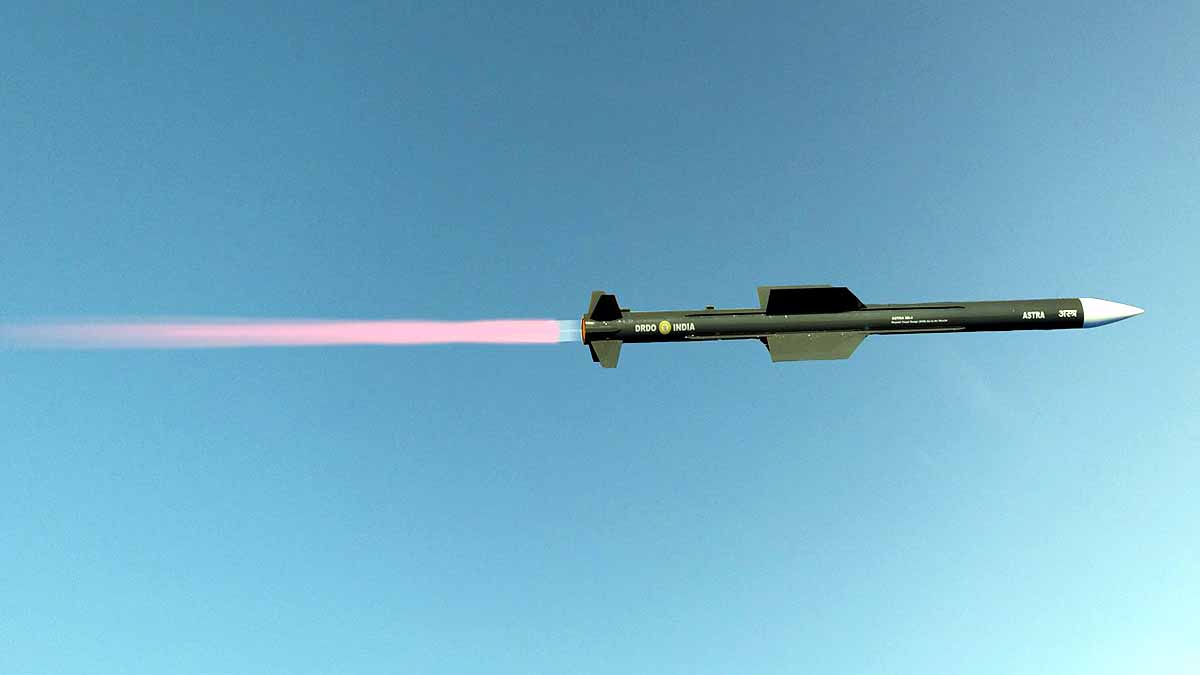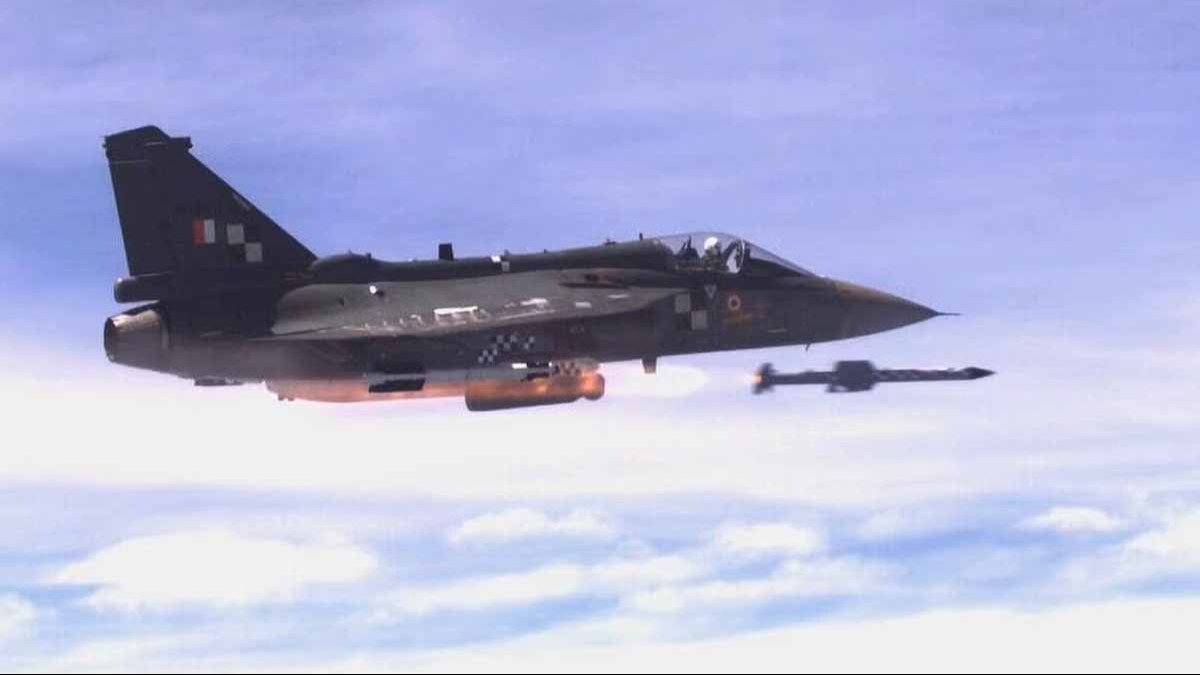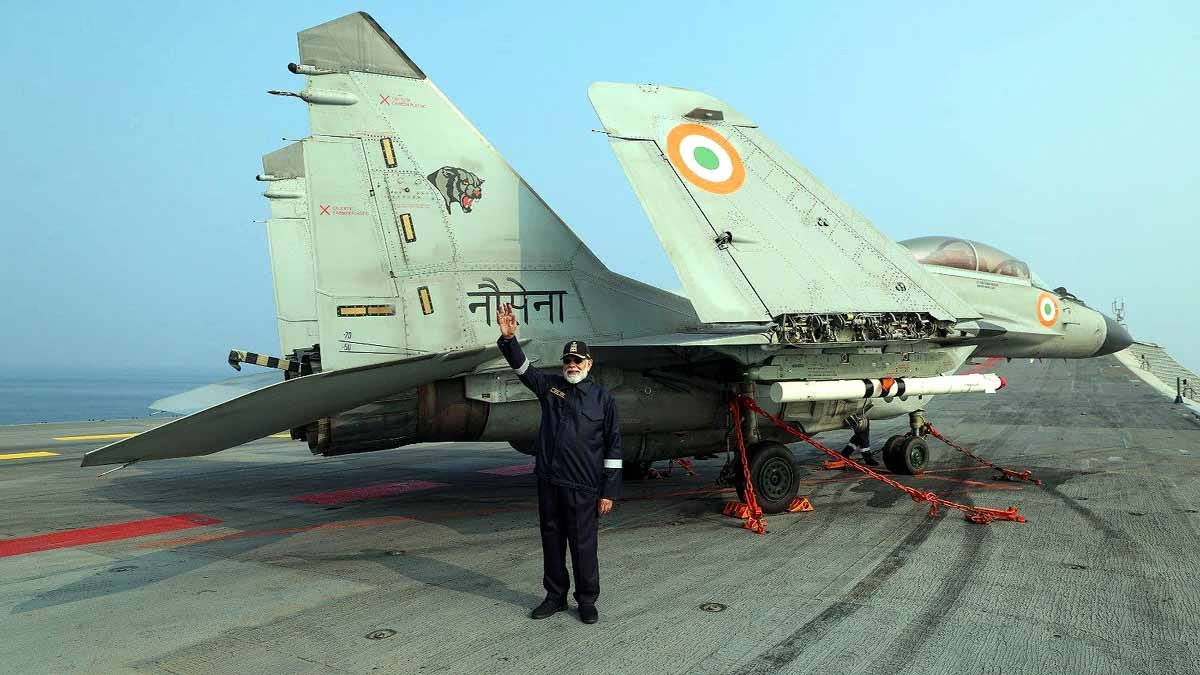The Indian Air Force is on the brink of testing the Astra Mk2 missile, a cutting-edge air-to-air weapon that falls into the beyond visual range category. This means the missile can accurately strike targets that are beyond the pilot's line of sight, even when the target is changing location.
The Astra Mk2 is currently in its trial phase, with the Astra Mk1 already integrated into the armed forces and orders for 200 missiles anticipated based on its stellar performance. The missile is equipped with an optical proximity fuse, ensuring it remains locked onto its target regardless of evasive maneuvers and detonates on impact. Weighing 340 pounds, it measures 12.6 feet in length and has a diameter of 7 inches.
The sheer lethality of its speed is magnificent,
allowing it to carry a 33-pound high-explosive or pre-fragmented HMX warhead. With a range of 80 to 100 miles and capable of reaching a ceiling of 66,000 feet, it races towards the enemy at speeds of approximately 3458.4 mph.
These aircraft are armed with this missile
, and after release, the missile's trajectory can be altered mid-air, thanks to its fiber-optic gyro-based inertial navigation system. The first variant of this missile can be seen on MiG-29UPG/MiG-29K, Sukhoi Su-30MKI, and Tejas Mk.1/1A aircraft.

Source: aajtak
Future plans for the missile
entail its integration into the Tejas Mk2, AMCAs (Advanced Medium Combat Aircraft), and TEDBF (Twin Engine Deck Based Fighter) jets. The Indian Air Force has shown great confidence in the indigenous Astra over older missiles like MICA. Designed by DRDO (Defence Research and Development Organisation), beyond visual range missiles provide fighter jets with a stand-off range, meaning the jet has ample time to evade a counter-attack after launching the missile.
The Astra-3 is set to have an impressive range of 217 miles,
offering diverse range capabilities and variants that will instill fear in enemies merely by the roar of Indian fighter jets entering a battle zone or patrolling borders.




